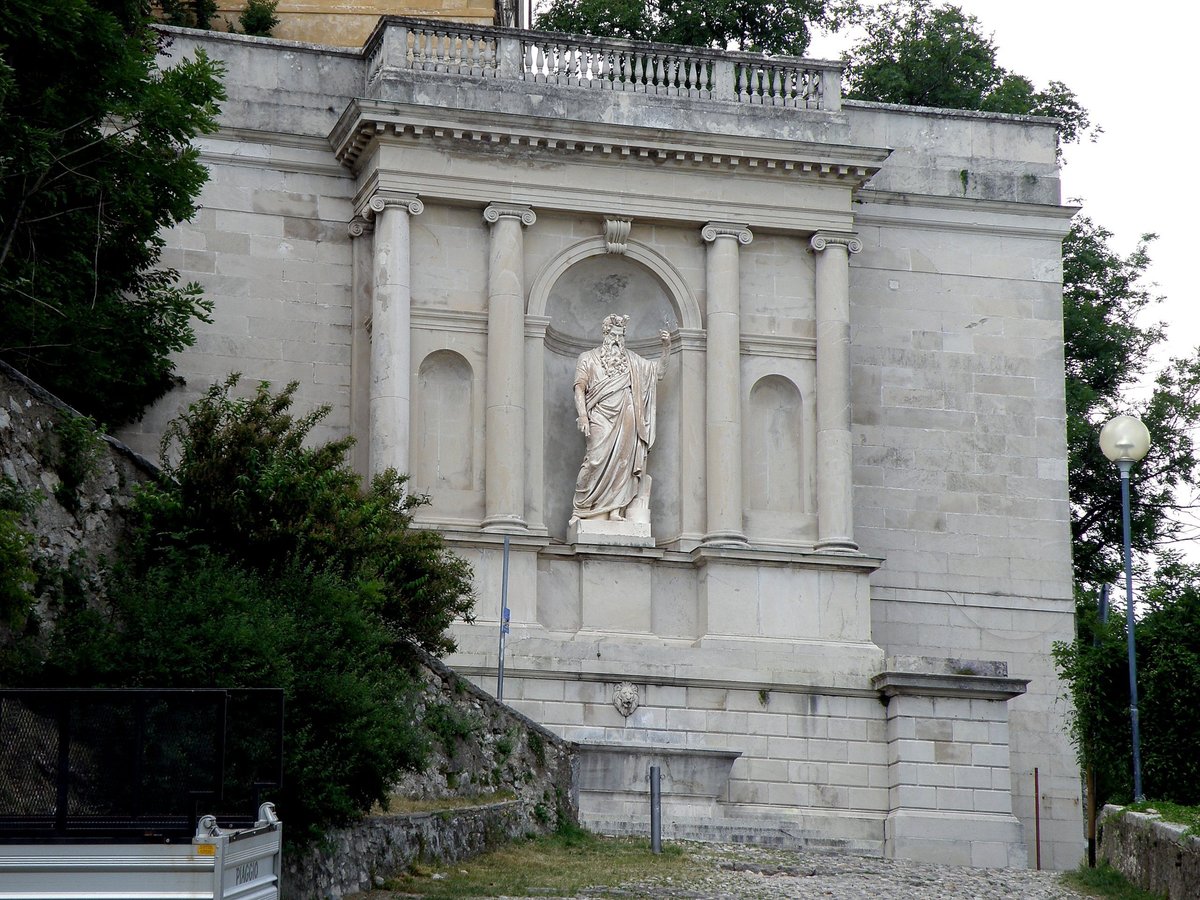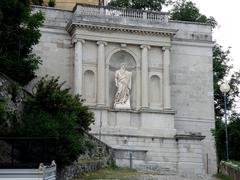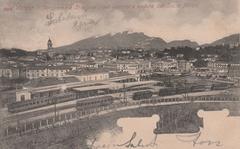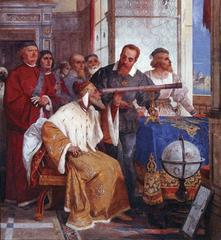
Fontana del Mosè Visiting Hours, Tickets & Varese Historical Sites Guide
Date: 14/06/2025
Introduction
Fontana del Mosè, a name shared by significant monuments in both Varese and Rome, Italy, stands as a testament to the country’s artistic, religious, and historical heritage. This guide offers comprehensive insights into the Fontana del Mosè in Varese—an elegant neoclassical fountain set amidst the UNESCO-listed Sacro Monte di Varese—as well as the renowned Baroque Fontana del Mosè in Rome. Whether you are a pilgrim, art lover, or history enthusiast, this resource provides essential information on history, architecture, visiting hours, ticketing, accessibility, and nearby attractions, ensuring you make the most of your cultural journey (ArteVarese; Lombardia Beni Culturali; Italy We Love You; Vareseguida).
Contents
- Introduction
- Historical Background
- Fontana del Mosè in Varese: Origins & Construction
- Architectural Features & Symbolism
- Context within Sacro Monte di Varese
- Fontana del Mosè in Rome: History & Urban Context
- Visiting Information
- Varese: Hours, Tickets, Accessibility, Getting There, Nearby Attractions
- Rome: Hours, Tickets, Accessibility, Nearby Attractions
- Restoration & Preservation
- Modern Visitor Experience
- Frequently Asked Questions (FAQ)
- Conclusion & Visitor Tips
- Sources
Historical Background
Fontana del Mosè in Varese: Origins & Construction
The Fontana del Mosè in Varese was constructed between 1803 and 1817 to enhance the spiritual and physical experience of pilgrims along the Via Sacra, just before reaching the Sanctuary of Santa Maria del Monte (ArteVarese; Lombardia Beni Culturali). Designed by architect Francesco Maria Argenti with sculptor Gaetano Monti, the fountain features a single, expressive statue of Moses—originally intended as part of a larger statuary ensemble. The statue, completed in 1831, shows Moses striking water from the rock at Horeb, symbolizing spiritual nourishment (Santuarimariani).
Architectural Features & Symbolism
The Varese fountain exemplifies neoclassical style, with a rusticated base and four Ionic columns framing the central Candoglia marble statue—the same marble as Milan’s Duomo. Water flows from beneath the statue, offering refreshment to pilgrims and reinforcing the biblical theme of providence (Lombardia Beni Culturali).
Context within Sacro Monte di Varese
Sacro Monte di Varese, a UNESCO World Heritage site, is celebrated for its combination of spiritual, artistic, and natural values. The fountain is strategically placed after the fourteenth chapel along the two-kilometer Via Sacra, marking a transitional point between the physical journey and the spiritual culmination at the sanctuary (Vareseguida; Lombardia Cristiana).
Fontana del Mosè in Rome: History & Urban Context
Known officially as the Fontana dell’Acqua Felice, Rome’s Fontana del Mosè was constructed between 1585 and 1589 as the monumental terminus (mostra) of the Acquedotto Felice, commissioned by Pope Sixtus V (Felice Peretti) (WGA). Designed by Domenico Fontana and his brother Giovanni, the fountain emulates a Roman triumphal arch, symbolizing both papal power and civic renewal. Its innovative iconography draws from the Old Testament, with a central statue of Moses created by Leonardo Sormani and Prospero Antichi. Flanking reliefs depict Gideon and the Israelites, while ancient and medieval lion sculptures add further symbolism (WGA; Sovrintendenza Roma).
The fountain’s prominent Latin inscription and papal arms reinforce its propagandistic intent, presenting the pope as a modern Moses providing for his people (Turismo Roma). The site remains a focal point in Rome’s urban landscape, blending monumental art with public utility.
Visiting Information
Varese: Hours, Tickets, Accessibility, Getting There, Nearby Attractions
- Hours: The Sacro Monte di Varese, including the Fontana del Mosè, is accessible year-round. Typical hours are 8:00 AM–7:00 PM (April–October) and 9:00 AM–5:00 PM (November–March). Always verify with local tourism resources for updates.
- Tickets: Entry is free; donations are welcome.
- Accessibility: Some uphill cobblestone paths may be challenging for those with mobility impairments. Contact local tourist offices for support or alternative routes.
- Getting There: The fountain is near Varese’s city center, accessible by car, public transport, or foot. Parking is available near the sanctuary complex. Wear comfortable shoes and bring water.
- Nearby Attractions: Fourteen chapels of Sacro Monte, Varese’s historic center, Basilica di San Vittore, Estensi Gardens, Villa Panza, and Corso Matteotti (Italy We Love You).
Rome: Hours, Tickets, Accessibility, Nearby Attractions
- Hours: The Fontana del Mosè in Rome is an open-air monument accessible 24/7. Daylight hours are recommended for optimal viewing.
- Tickets: No entry fee; public monument.
- Accessibility: Located at street level in Piazza San Bernardo. The area is generally accessible, though some cobblestones may pose challenges.
- Nearby Attractions: Porta Pia, Villa Albani, Via XX Settembre, Church of Santa Maria della Vittoria, San Bernardo alle Terme, Basilica di Santa Maria Maggiore, Quirinal Palace (Turismo Roma).
Restoration & Preservation
The Fontana del Mosè in Varese is protected as part of the UNESCO World Heritage site and undergoes regular maintenance and restoration coordinated by local authorities to ensure its preservation (Lombardia Beni Culturali). In Rome, the fountain remains under the stewardship of the municipal heritage department, with periodic cleaning and conservation efforts to safeguard its artistic and historical integrity (Sovrintendenza Roma).
Modern Visitor Experience
Both fountains continue to attract visitors for their historical, spiritual, and artistic value. In Varese, the fountain provides a serene space for contemplation and serves as a highlight on the Sacro Monte pilgrimage. In Rome, it stands amidst urban bustle, offering both a visual spectacle and a connection to the city’s Baroque tradition (ArteVarese; WGA).
Frequently Asked Questions (FAQ)
Q: What are the visiting hours for Fontana del Mosè in Varese?
A: Generally, 8:00 AM–7:00 PM (April–October), 9:00 AM–5:00 PM (November–March). Always check current schedules locally.
Q: Is there an entry fee for either fountain?
A: No, both are free and open to the public.
Q: Are the fountains accessible to people with disabilities?
A: Varese’s fountain requires some uphill walking; Rome’s is at street level but may have uneven surfaces.
Q: Are guided tours available?
A: Yes, both cities offer guided tours that include the fountains as key stops.
Q: What other attractions are nearby?
A: In Varese: Sacro Monte chapels, Basilica di San Vittore, Estensi Gardens, Villa Panza. In Rome: Porta Pia, Santa Maria della Vittoria, Quirinal Palace.
Conclusion & Visitor Tips
Fontana del Mosè, whether found in the tranquil pilgrimage setting of Varese or the bustling streets of Rome, offers visitors a unique opportunity to engage with the layers of Italy’s religious, artistic, and civic heritage. Free to visit and rich in significance, each fountain rewards travelers with historical insights, architectural beauty, and a sense of connection to centuries of spiritual and cultural tradition.
Visitor Tips:
- Plan visits during daylight for optimal appreciation and photography.
- Wear comfortable shoes, especially if exploring Sacro Monte di Varese.
- Consider guided tours for in-depth historical context.
- Respect the monuments and surrounding areas.
- Check local tourism sites for events, restoration updates, and accessibility information.
For a richer experience, download the Audiala app for audio guides, interactive maps, and curated content tailored to both Varese and Rome historical sites.
Sources
- ArteVarese - Fontana del Mosè
- Lombardia Beni Culturali
- Vareseguida - Sacro Monte di Varese
- Lombardia Cristiana
- WGA
- Sovrintendenza Roma
- Turismo Roma
- Italy We Love You
- Google Arts & Culture



